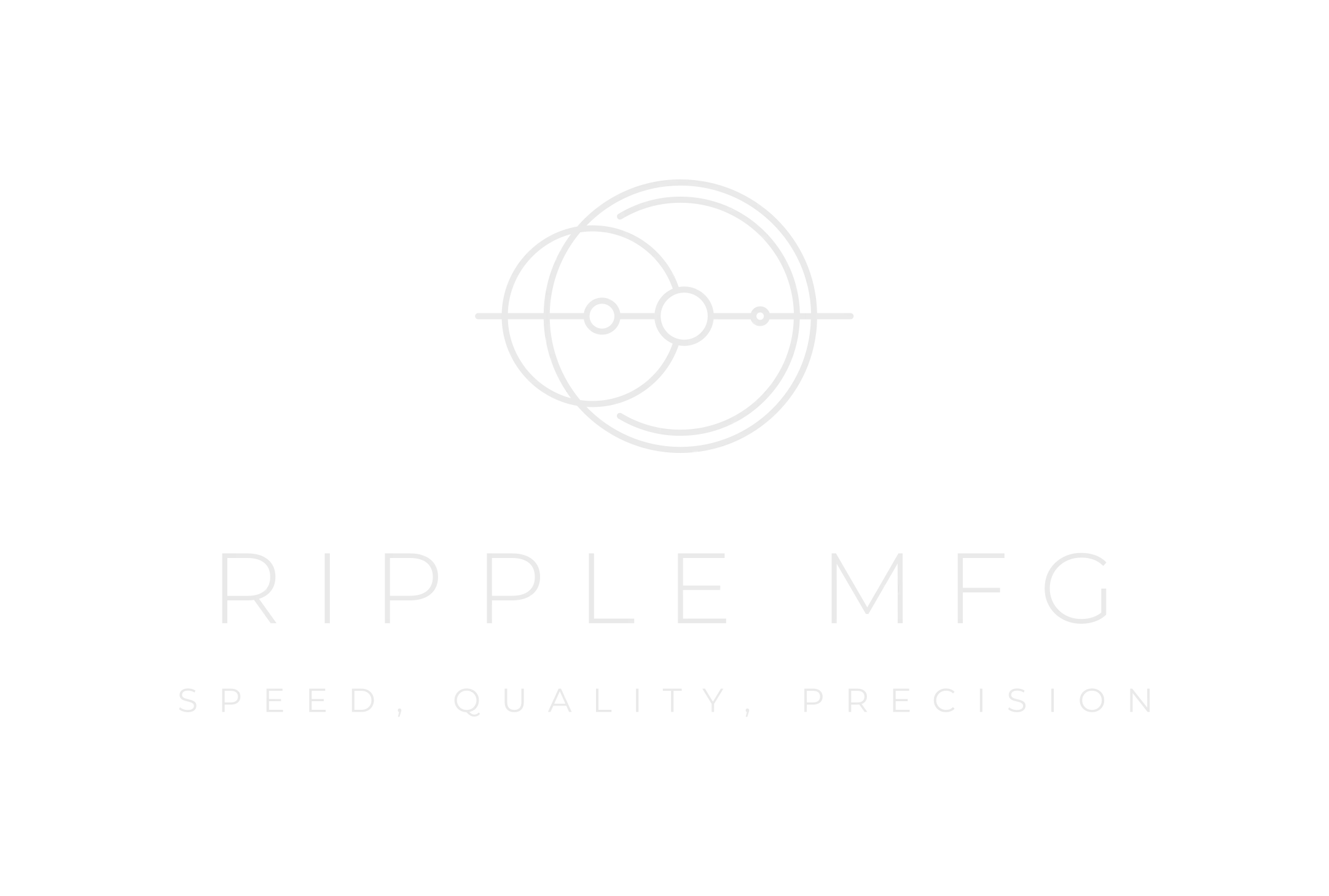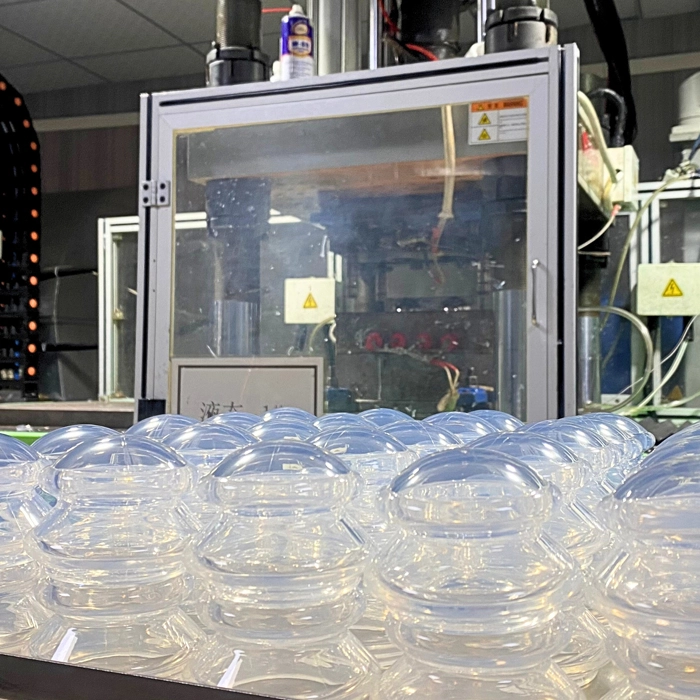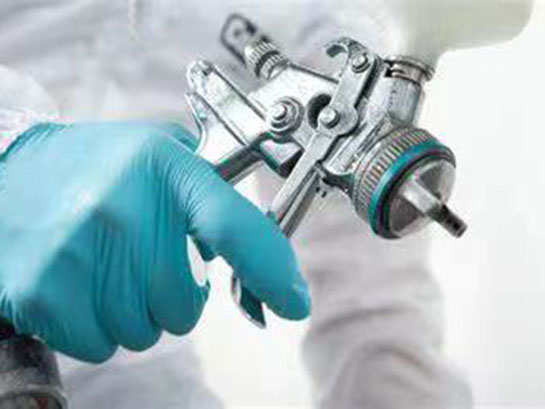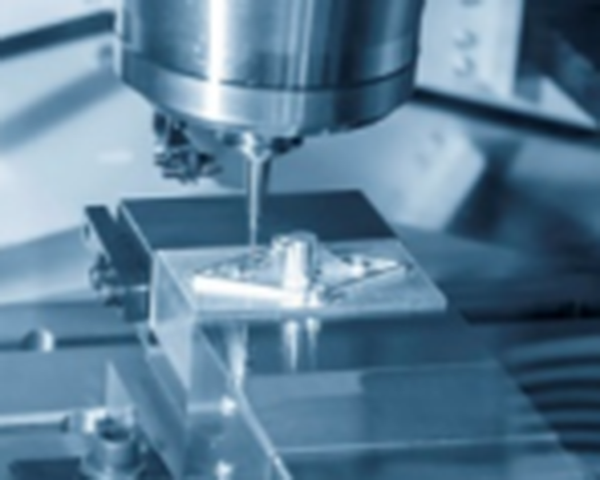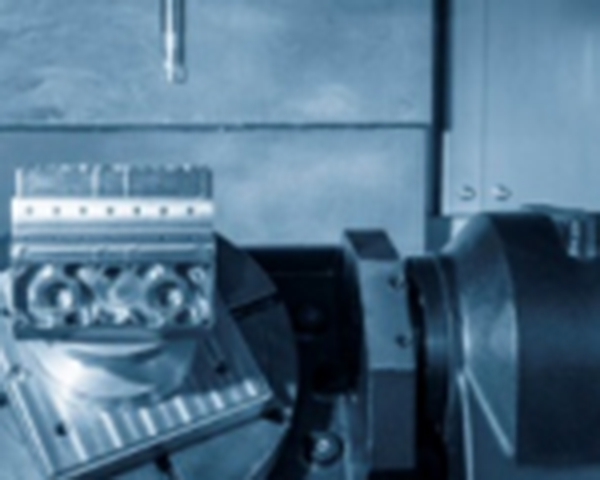The world of manufacturing and rapid prototyping has seen significant advancements in recent years. While 3D printing has gained immense popularity for creating prototypes and functional parts, there's another precision prototyping method that deserves its share of the spotlight—Precision Prototyping Machining. In this blog, we will take a closer look at this cutting-edge technique and why it's gaining traction in the manufacturing industry.
Understanding Precision Prototyping Machining
Precision Prototyping Machining is a subtractive manufacturing process that involves shaping materials to create a final product. Unlike 3D printing, which adds material layer by layer, machining removes material from a solid block to achieve the desired shape. This method is particularly well-suited for producing high-precision and complex components with tight tolerances.
The Advantages of Precision Prototyping Machining
Unmatched Precision and Accuracy
One of the key advantages of precision prototyping machining is its exceptional precision. It can achieve tolerances as tight as a few microns, making it ideal for applications where accuracy is paramount. Whether you're working on aerospace components or intricate medical devices, machining can meet your precision requirements.
2Wide Range of Materials
Unlike 3D printing, which is often limited to specific materials, precision prototyping machining can work with a wide variety of materials, including metals, plastics, ceramics, and composites. This versatility makes it a go-to choice for a broad spectrum of industries.
Superior Surface Finish
Machining can produce parts with a superior surface finish, such as CNC machining small parts, which is crucial for components that require a polished, high-quality appearance. This is especially important in industries like automotive, where aesthetics play a significant role.
Cost-Effective for Small to Medium Production Runs
While 3D printing excels in rapid prototyping and customization, machining becomes more cost-effective for small to medium production runs. The time and materials saved in this process make it an attractive choice for manufacturers looking to scale their operations.
Applications of Precision Prototyping Machining
Precision prototyping machining has found applications in various industries, including:
Aerospace: Crafting precision components for aircraft and spacecraft.
Medical: Manufacturing intricate medical devices and implants.
Automotive: Producing high-precision automotive parts.
Electronics: Creating complex components for electronics and semiconductors.
Defense: Developing critical defense and military equipment.
Tooling: Crafting molds, dies, and tooling for various manufacturing processes.
While 3D printing has revolutionized rapid prototyping and customization, precision prototyping machining is carving out its niche as the go-to method for achieving exceptional precision, working with a wide range of materials, delivering superior surface finishes, and being cost-effective for small to medium production runs. Manufacturers are increasingly recognizing the value of precision machining in their quest for high-quality, precise, and functional parts. As technology continues to evolve, precision prototyping machining is set to play a pivotal role in the future of manufacturing.
- Sports Equipment Redefined: Urethane Casting Services in Athletic Gear ManufacturingJanuary 5, 2024In the ever-evolving world of sports gear manufacturing, innovation is key to staying ahead of the game. As athletes continually strive to push their limits, manufacturers must find ways to deliver eq...view
- Prototype Machining Services: High-Efficiency Product OptimizationDecember 23, 2024What is Prototype Machining?Prototype machining is a manufacturing process used to create samples or prototypes of a product. It typically uses computer-aided design (CAD) software and computer numeri...view
- What is the Tolerance of a 5 Axis CNC Machine?September 19, 2023What is 5 Axis CNC Machining?5 axis CNC machining is a type of computer-controlled machining that uses five axes of motion to cut and shape materials. The five axes allow for greater flexibility and p...view
- Harmony in Sound: 4 Axis CNC Machining for Musical Instrument SuppliersNovember 23, 2023When it comes to crafting musical instruments, precision and attention to detail are paramount. Whether it's a finely tuned guitar, a melodically rich piano, or a beautifully crafted violin, every...view
- CNC Milling a Flame Retardant ABSJanuary 12, 2023CNC milling a flame retardant ABS, a strict tolerance of ±0.5° for all 4 inner corners.view
- Navigating the Nanoworld: High Precision Tools in Nanotechnology ApplicationsJanuary 5, 2024Welcome to the fascinating world of nanotechnology, where scientists and engineers manipulate matter at the tiniest scale. Unlocking the potential of this field requires the use of high precision tool...view
